Illinois has long been known for its high property taxes and the financial hardship this places on homeowners and renters, especially in metropolitan areas such as Chicago, Aurora, and Rockford. In 2025, an ambitious surge of property tax and rent relief measures has provided crucial support to seniors and low-income families statewide. This article explores the unique changes, highlights city-specific impacts, and presents the latest facts and figures illustrating how these populations are finally gaining economic ground.
Background: The Landscape of Illinois Housing Costs
Illinois residents have faced some of the highest property taxes in the United States, with the average family paying $6,285 annually in 2025—more than double the national average. While the median U.S. property tax bill sits at $2,969 for a home valued at $303,400, Illinois homeowners with median-valued properties ($250,500) still pay more than $5,189 per year.
This tax burden is acutely felt in cities such as Chicago, Naperville, Joliet, and Peoria. In some Chicago neighborhoods and Cook County suburbs, property tax increases in the past few years have driven older adults and low-income families to the brink, prompting a surge in calls for reform.
Renters, too, are feeling the squeeze. In May 2025, Chicago’s rents increased by 2%, marking the city as one of the fastest-growing rental markets in the nation. This is disproportionately challenging for low-income households, already struggling with affordable housing shortages—Illinois currently has only 34 affordable rental homes available per 100 extremely low-income renters, with a statewide shortage of nearly 294,000 units.
2025: A Year of Change in Property Tax Relief
Enhanced Property Tax Programs
2025 marked a turning point as Illinois implemented new and expanded property tax relief programs designed to support seniors and low-income homeowners:
-
Senior Citizens Real Estate Tax Deferral Program
-
Now allows homeowners aged 65+ with household incomes up to $65,000 to defer up to $7,500 per year in property taxes, up from $5,000 previously.
-
The interest rate on deferred taxes was permanently lowered to 3% (down from 6%), making the program more accessible.
-
-
Senior Assessment Freeze Homestead Exemption
-
Protects seniors from rising property values by freezing the assessed value of their home for tax purposes.
-
The maximum income limit for eligibility is scheduled to rise to $85,000 in 2026, vastly broadening the pool of beneficiaries.
-
In Cook County, for example, the freeze and other exemptions can reduce property tax bills by $250 to $2,000 per year, with an extra $750 savings possible for those also receiving the Homeowner Exemption.
-
Targeted Support in Key Cities
Cook County, comprising Chicago and suburbs such as Evanston, Berwyn, and Cicero, rolled out a $15 million relief fund in 2025 to help homeowners facing substantial property tax increases. Under this program:
-
Eligible households (those earning at or below the area median income—$89,700 for a family of four in Chicago) can receive $1,000 direct assistance.
-
This immediate relief is paired with broader county-wide reform efforts to make property taxes more equitable.
Rent Relief Initiatives: Extending the Safety Net
Illinois is also responding assertively to price pressures in the rental market, providing critical rent relief for struggling households.
Statewide Rental Assistance
For the 2025 fiscal year, Illinois allocated $75 million to rental assistance:
-
Around 8,000 households received an average of $8,260 in support, covering roughly eight months of rent.
-
The majority of this aid went to cities hardest hit by rental inflation, like Chicago, Springfield, and Rockford.
-
39% of households benefiting from rental aid earned less than $36,000 per year (family of four), meeting the state’s definition for low income.
Urban Rent Trends
-
In May 2025, Chicago’s rental prices surged by 2% month-over-month, the second-fastest among the country’s 100 largest cities.
-
Year-over-year rent growth in the city reached 5%, cementing the urgency for continued intervention.
The Illinois Court-Based Rental Assistance Program (CBRAP)
CBRAP served as a final line of defense for tenants facing eviction court due to nonpayment of rent:
-
Provided up to $15,000 per household, covering unpaid rent and two months of future rent.
-
Landlords were required to dismiss eviction cases for tenants receiving the aid, keeping families housed and reducing court backlogs.
-
The program’s 2025 window closed in June, but advocacy groups continue to push for its renewal, given persistent need.
How Relief is Delivered: Eligibility, Application, and Success Stories
Property Tax Relief Eligibility
-
Seniors must be 65 or older, own and occupy the home, and meet the income ceiling (currently $65,000, soon to be $85,000).
-
For property tax deferral, homeowners apply through county treasurer offices, with programs available in cities including Aurora, Joliet, and Peoria.
Rental Assistance Criteria
-
Renters must earn less than 80% of the local area median income ($89,700 for a family of four in Chicago).
-
Applicants do not need to prove citizenship status and are eligible even without COVID-related hardship.
Stories from Across Illinois
-
Chicago: Maria, a retired teacher in Lincoln Park, deferred $6,800 of her 2024 property taxes, preserving her ability to age in place.
-
Rockford: The Walker family, with three children and a household income of $32,000, received seven months of rent support through the state’s assistance program, stopping an eviction and providing stability during a job transition.
-
Peoria: Senior homeowner Bill successfully froze his property tax assessment, saving $1,500 this year compared to 2023, after years of steadily rising bills.
The Economic and Social Impact
Reducing Housing Insecurity
-
With property tax and rent relief, thousands of Illinois households avoided foreclosure or eviction in 2025.
-
These measures significantly reduced the number of families moving out of state—which had been steadily rising as Illinois homeowners sought relief in places like Wisconsin and Indiana, where property taxes are far lower.
Stabilizing Communities
-
Keeping long-term residents, especially seniors, in their homes has been shown to strengthen neighborhood stability and foster community ties.
-
Schools in cities like Springfield and Champaign saw fewer students forced to relocate mid-year due to housing instability.
National Context
-
Illinois remains the state with the second-highest property tax rate, just behind New Jersey.
-
Nevertheless, 2025’s relief programs mark a meaningful step toward national best practices, offering both immediate and long-term benefits for at-risk groups.
Looking Forward: Sustainability and Future Prospects
Is the Relief Enough?
While the property tax and rent relief surge brought vital help in 2025, some challenges persist:
-
Illinois still needs 294,000 more affordable homes simply to meet current demand.
-
The allotted $50 million for rental assistance in 2026 may not keep pace with rising need, signaling future policy debates.
Policy and Community Action
-
Ongoing reforms—like increasing the income ceiling for property tax relief and landlord accountability for fair rent practices—will be crucial.
-
Community groups in Chicago, Decatur, and Waukegan continue to press lawmakers for more robust solutions, especially as inflation and housing costs rise.
The Path Ahead
With a foundation built in 2025, Illinois is positioning itself to not only offer relief but long-term resilience for seniors and low-income families. Awareness campaigns, streamlined application processes, and targeted aid in high-need cities will further amplify the positive momentum seen this year.
Conclusion
The 2025 surge in property tax and rent relief represents a milestone in Illinois’ effort to provide economic fairness and security, particularly for populations who have historically borne the brunt of rising costs. From comprehensive property tax deferrals for the elderly in Aurora to targeted rental assistance for working families in Chicago, the state’s renewed commitment is helping residents reclaim financial stability, remain rooted in their communities, and look ahead with renewed hope. The road is long, but in cities large and small, Illinoisans are finally gaining ground.

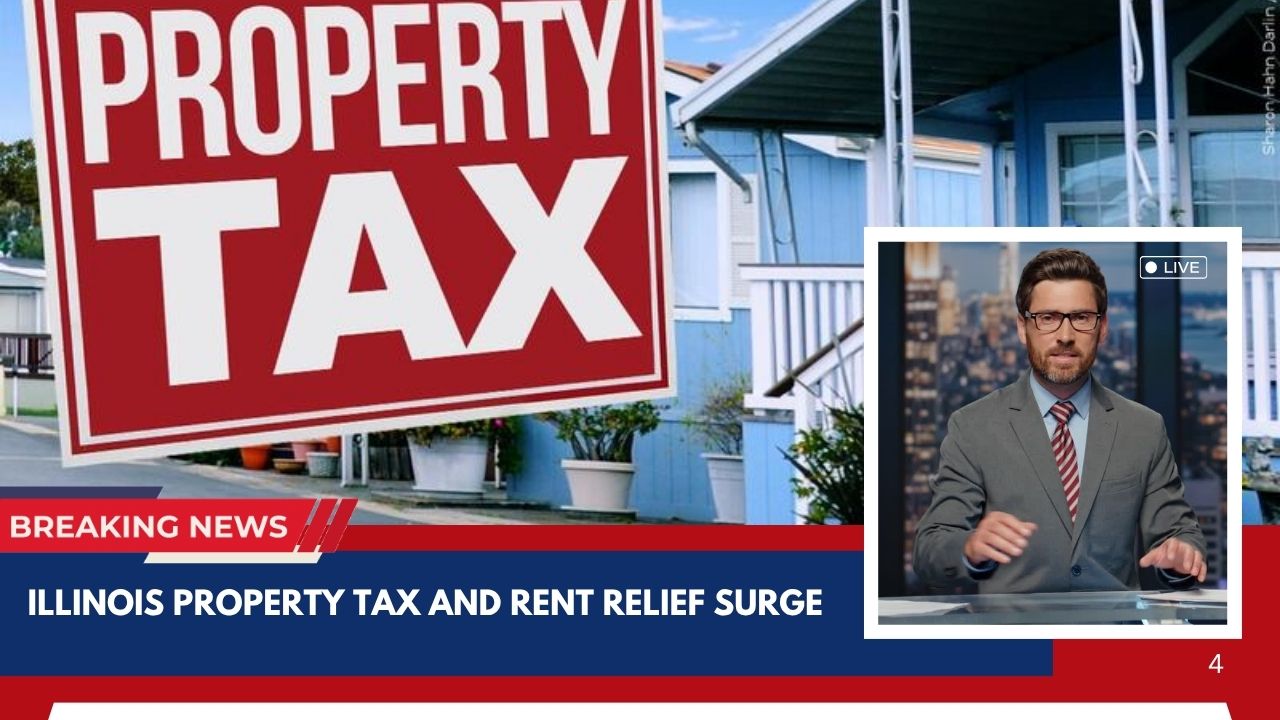



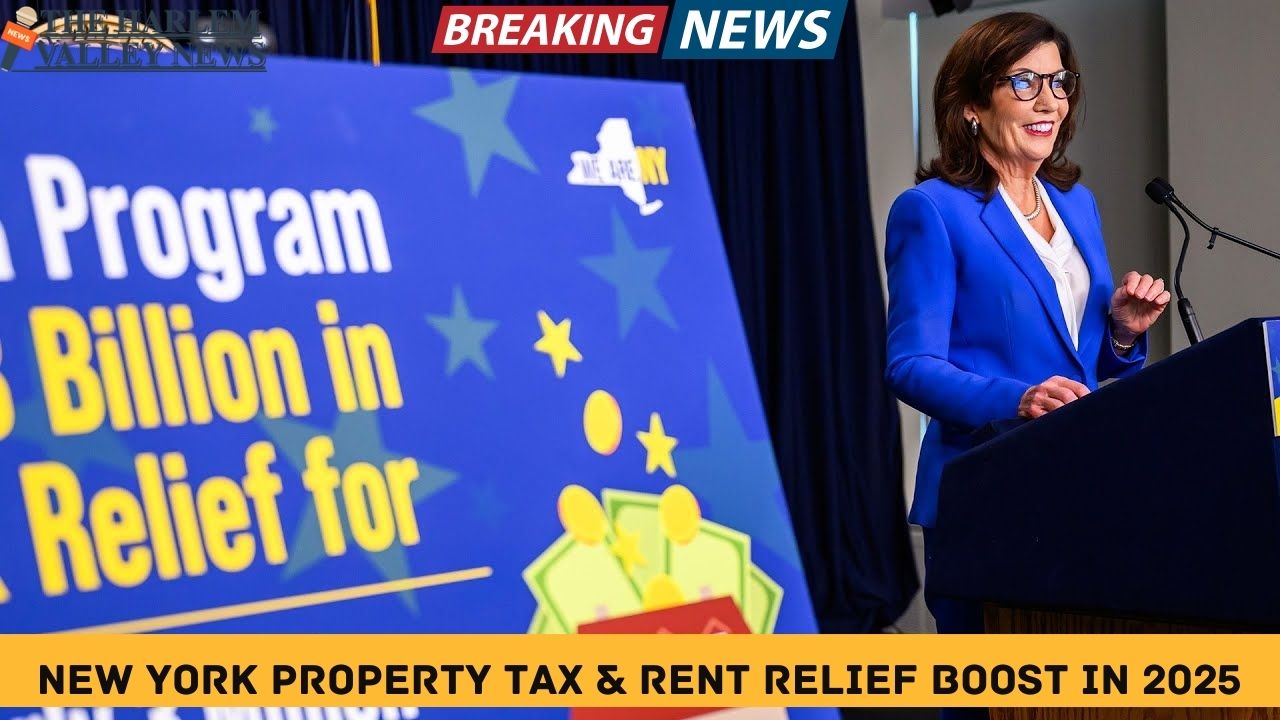


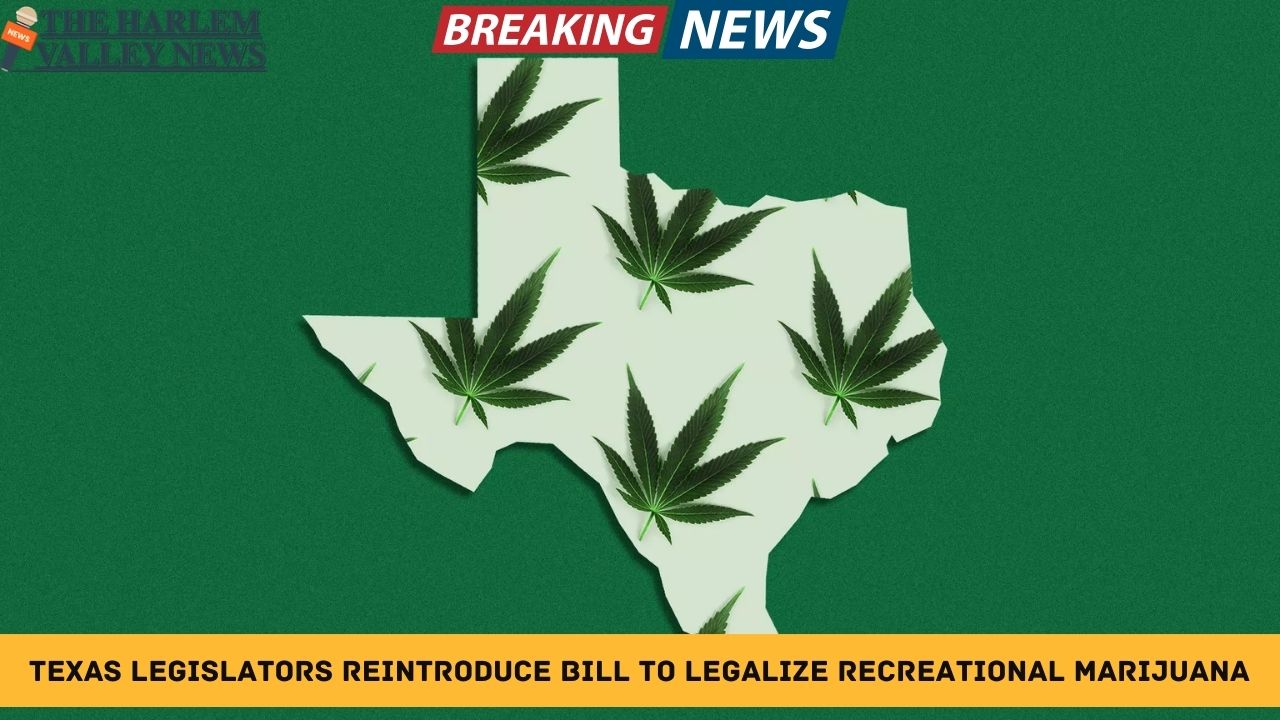


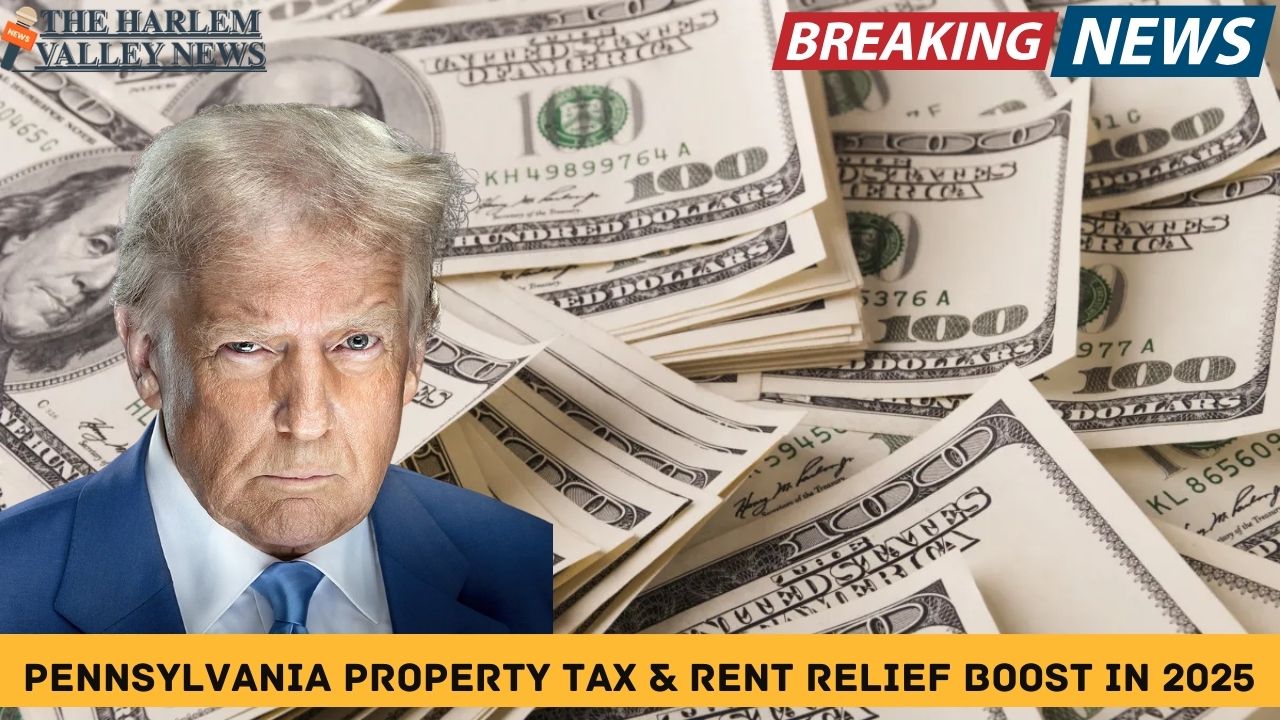
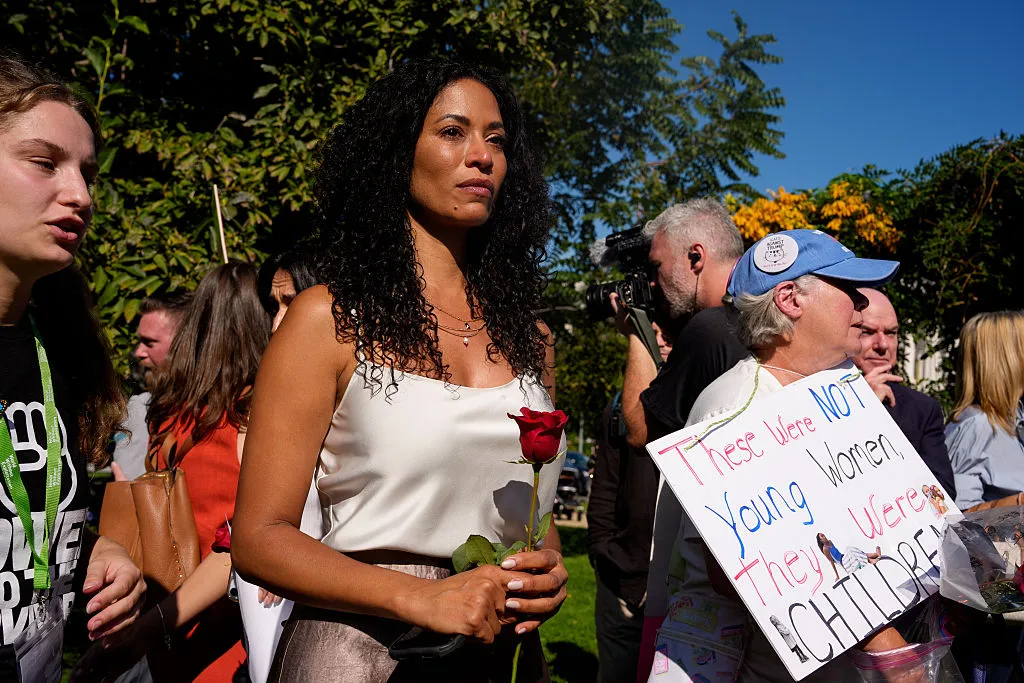


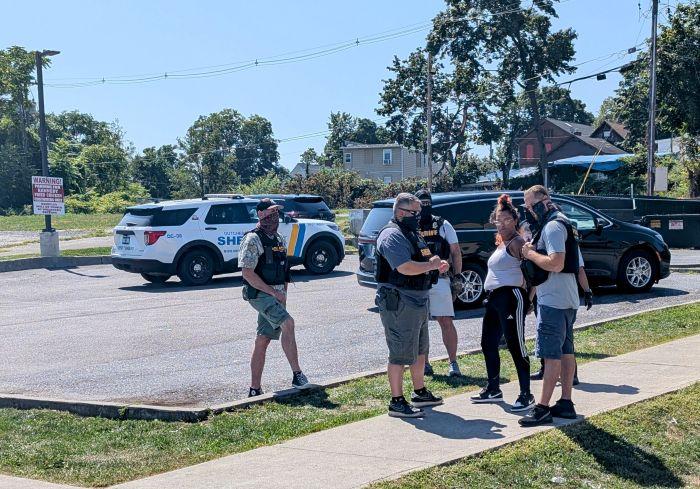
Leave a Reply